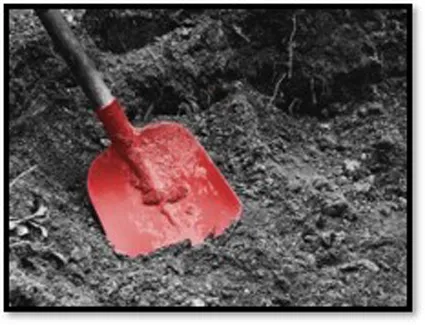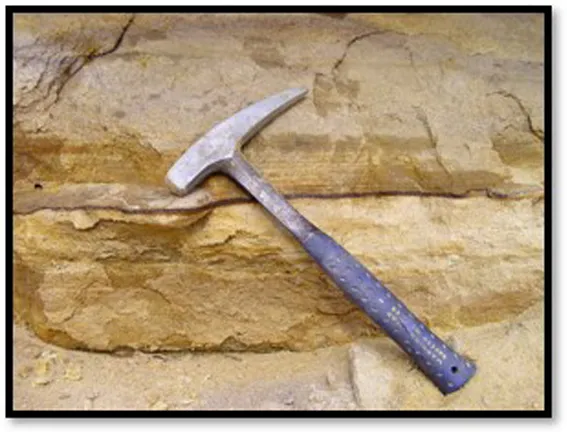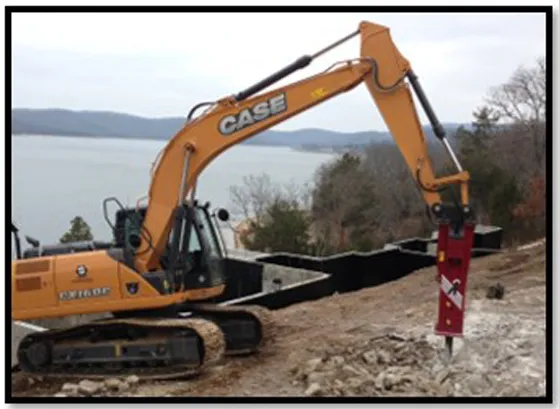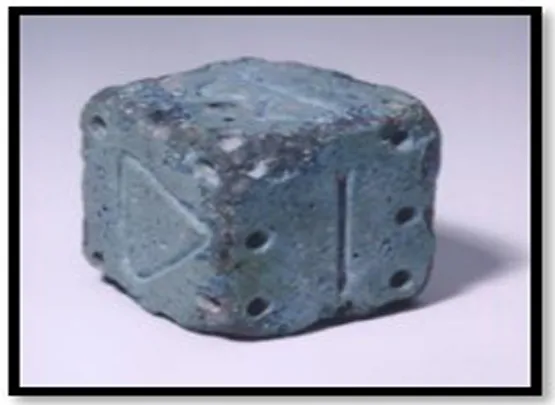If you want to know about the specification on brickwork and concrete or elements of design or specification in architecture work, please click the link.
Earthwork in excavation refers to the process of moving and shaping the earth’s surface for construction purposes. The following is a list of common specifications for earthwork in excavation:
1) Excavation
The process of moving earth, rock or other materials. It includes earthwork, trenching, tunneling, etc.

Applications of Excavation
- Exploration
- Environmental restoration
- Mining and
- Construction
2) Important terms
i) Deadmen or Tell Tales
- Mounds of earth left undisturbed after excavation for borrowing earth.
ii) Burjis
- Short Pillars of bricks or stones with finished top surface for marking and levelling
iii) Formation or Profile
- Final shape of a earth surface after excavation or filling.
iv) Foul Conditions
- Filthy and unhygienic conditions where physical movements are hampered such as soil mixed with sewage.
v) Lead
- Distances travelled over the shortest practical route and not necessarily the route actually taken.
vi) Lift
- The vertical distance for removal with reference to the ground level.
- Such as. For excavation up to 1.5 m depth, the lift of the excavated soil up to 1.5 m above the ground level is included in the item of work
3) Classification of soil
i) Ordinary soil

- Generally any soil which yields to the ordinary application of pick and shovel, rake or other ordinary digging implement; such as vegetable or organic soil, turf, gravel, sand, silt, loam, clay peat, etc.
ii) Ordinary rock

- Generally any rock which can be excavated by splitting with crow bars or picks and doesn’t required blasting: Such as sand stone, lime stone, hard laterite, etc.
iii) Hard rock

- Generally any rock or boulder for the excavation of which blasting is required; such as quartzite, granite, etc.
iv) Hard rock (blasting prohibited)

- Generally any hard rock site where blasting is prohibited for any reason. So, excavation has to be carried out by chiseling, wedging, use of rock hammers, etc.
4) Other things to know before starting excavation
i) Antiquities and useful materials

- Any finds of Archaeological interest such as coins, statutes, fossils etc while excavation shall be stacked separately and is the property of the Government of India.
ii) Protections

- Excavation shall be securely barricaded and provided with proper caution signs; Such as conspicuously displayed during the day and properly illuminated at night.
iii) Setting out

- A masonry pillar will be constructed to serve as a bench mark for entire site layout. With the help of which the site profile is constructed.
iv) Site clearance
- Before Earthwork, the area of site shall be cleared of grass, shrubs, vegetation, un utilized services and saplings. The roots shall be removed atleast up to 60cms below ground level.
- The hollows to be filled up with earth, rammed and suitably levelled.
- Trees above 30cm measured at a height above ground shall be cut only after permission.
v) Blasting
- If in any case blasting of hard rock is to be done. then contractor is required to take written approval.
vi) Other things to know before starting excavation
- Contractor should take before hand precautions for the workers at site
- The drainage system if disturbed should be diverted.
- Excavation operations should not damage adjoining structures
- Excavation should not be carried out below the foundation level of the adjacent buildings until underpinning ,shoring etc is done
5) Excavation
i) Scope of the work
- Setting out of corner benchmarks.
- Survey for ground levels.
- Survey for top levels
- Excavation to approved depth.
- Dressing of loose soil.
- Making up to cut off level
- Constructing dewatering wells and interconnecting trenches.
- Marking boundaries of the building.
- Constructing protection bunds and drains
ii) Working Procedure for soil excavation
- The extent of soil and rock strata is found by making trial pits in the construction site. The excavation and depth are decided according to the following guidelines in the site.
- For Isolated footing the depth to be one and half times the width of the foundation.
- For adjacent footings with clear spacing less than twice the width (i.e.) one and half times the length. 1.5m in general and 3.5 m in black cotton soils.
- Setting out or ground tracing is the process of laying down the excavation lines and center lines etc. on the ground before the excavation is started.
- The center line of the longest outer wall of the building is marked on the ground by stretching a string between wooden or mild steel pegs.
- Each peg may be projected about 25 to 50 mm form the ground level and 2m from the edge of the excavation.
- All excavations done manually or by mechanical means shall include excavations and getting out the excavated materials and dumping the materials one meter away from the excavated trench line or half the depth of the excavation whichever is more.
- In firm soils, the sides of the trenches shall be kept vertical up to a depth of 2 meters. For greater depths, the excavation profiles shall be widened by 50cms on either side after every 2 meters.
- However where is the soil is very loose, the steps or the slope may be increased according to the soil conditions. The bed of the excavation shall be consolidated by watering and ramming.
- In case the foundation is done to depth greater than what is required, the same shall be filled and compacted with concrete as per the bed concrete of the foundation.
- In ordinary rock, the excavation shall be carried out by crow bars, picks, axes and pneumatic drills. Blasting operations shall not be generally adopted.
- Depending upon the nature of soil and depth of the excavation, Stepping, sloping or Planking & Strutting of the sides shall be done.
iii) Back filling
- The earth used for filling shall be free from all roots, grass, shrubs, vegetation, lumps and clods exceeding.
- Filling with excavated earth shall be done in regular horizontal layers each not exceeding 20 cm in depth.
- Each row shall be watered and consolidated with steel rammer or ½ tone roller (under floors). Where specified, every third and top must layer shall also be consolidated with power roller of minimum 8 tones (under floors).
- Wherever depth of filling exceeds 1.5 meter vibratory power roller shall be used to consolidate the filing.
- Wherever depth of filling exceeds 1.5 meter vibratory power roller shall be used to consolidate the filing unless otherwise directed by Engineer-in-charge. The top and sides of filling shall be neatly dressed.
- The contractor shall make good all subsidence and shrinkage in earth fillings, embankments, traverses etc. during execution and till the completion of work unless otherwise specified.
iv) In water
- All the water that may accumulate in excavations during the progress of work from river seepage, High levels of sub soil water, damaged water mains & sewers is required to be pumped out.
- During laying of concrete or masonry and for a period of atleast 24 hours thereafter, pumping shell be done.
- Pumping shell be done in such a way as not to cause damage to the work or adjoining property.
- To prevent slipping of sides, planking and shuttering shall be done.
These specifications are only a general guide and may vary depending on the specific project requirements and local building codes. It is important to consult with a licensed engineer or contractor for more detailed information.